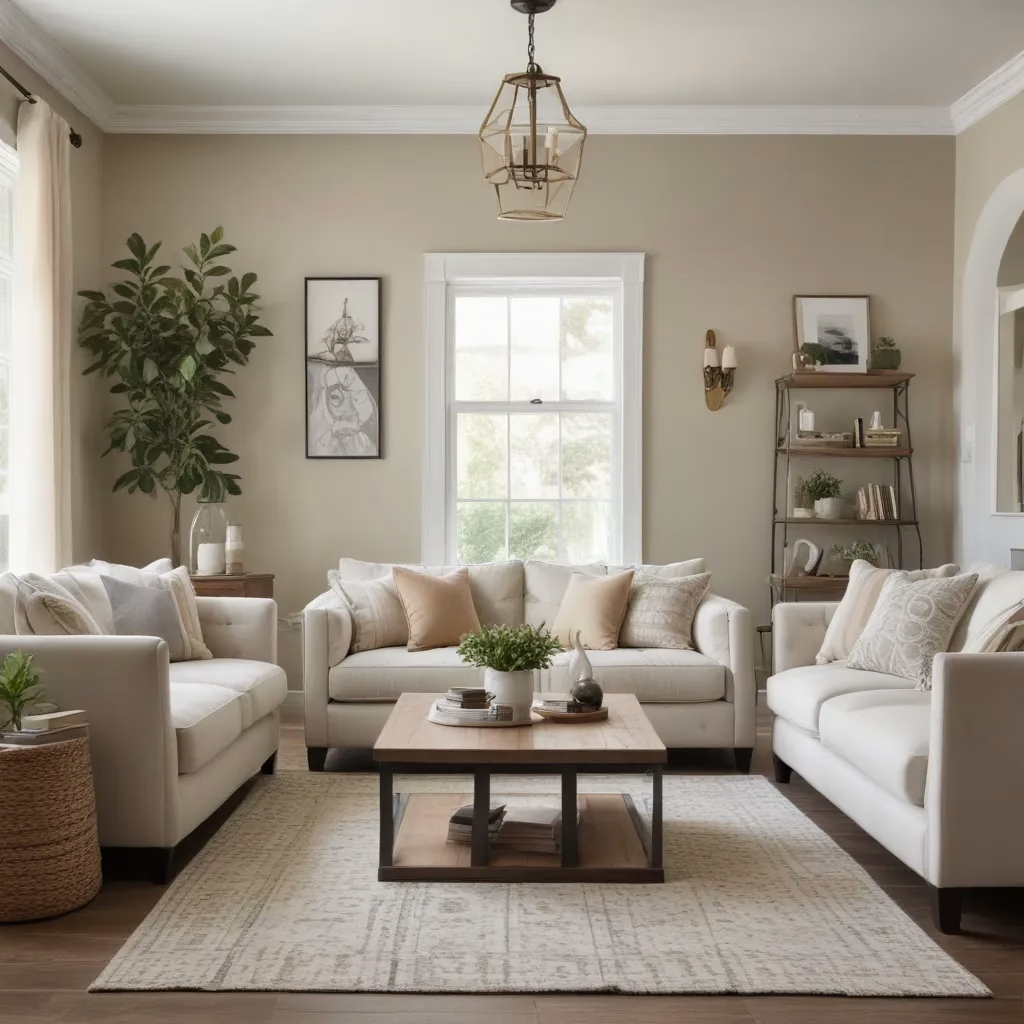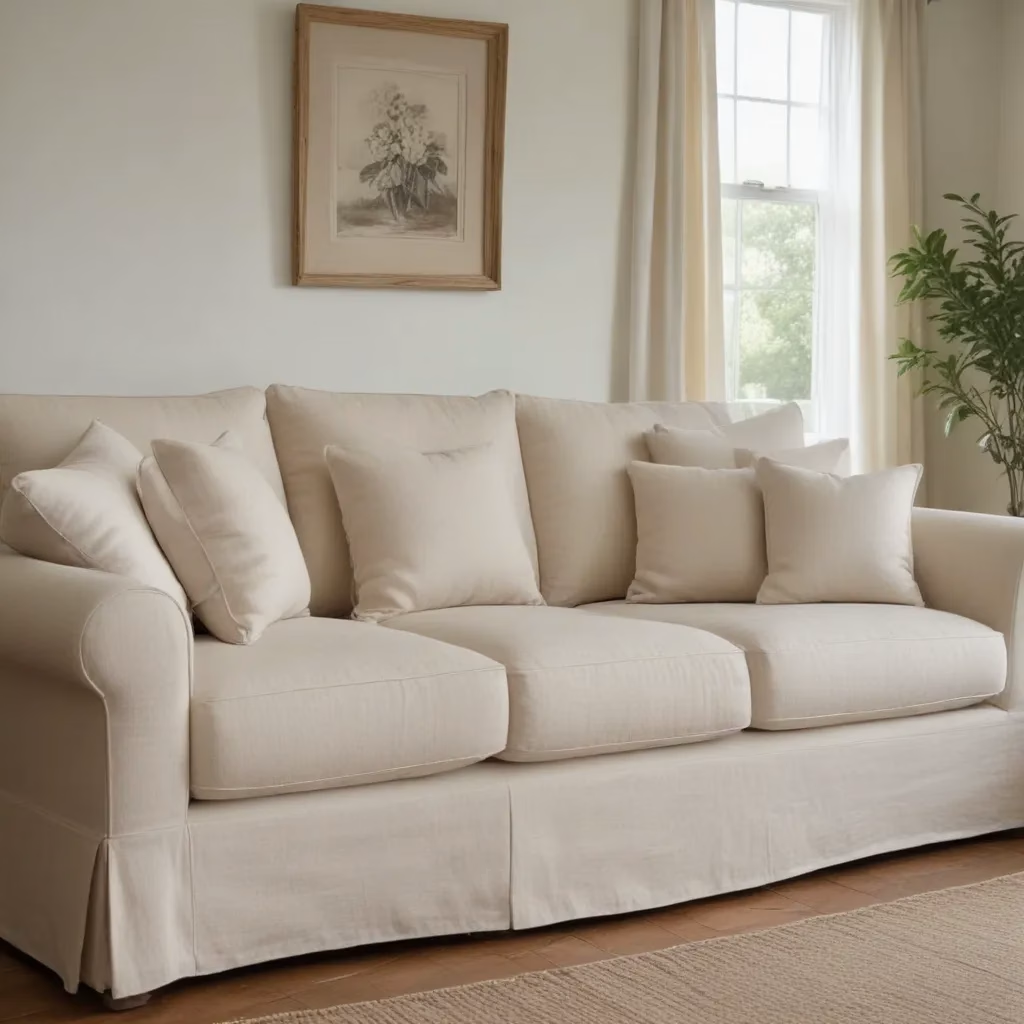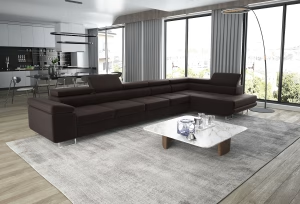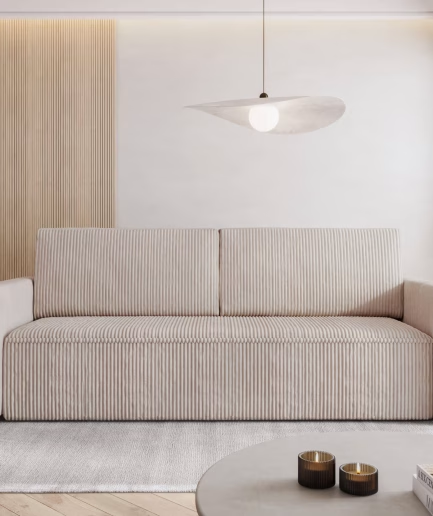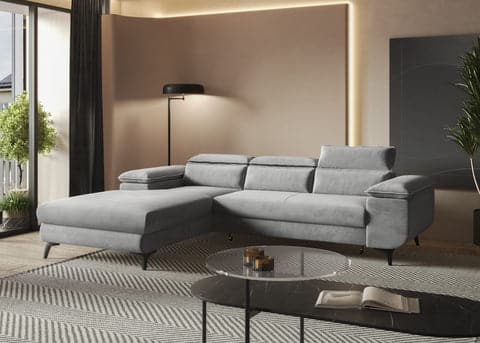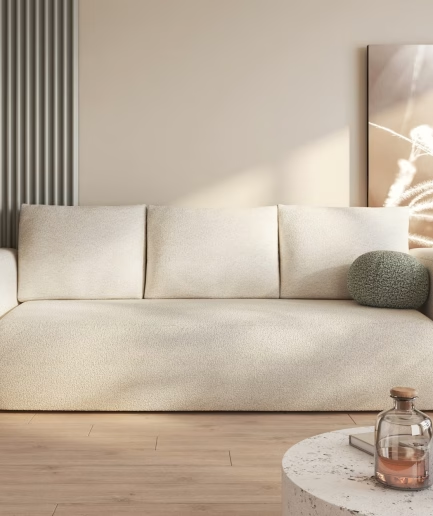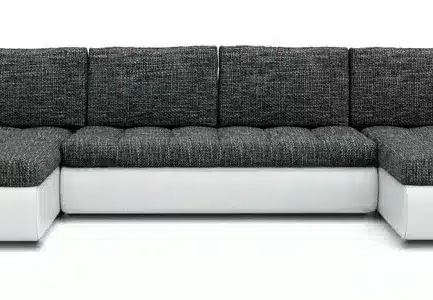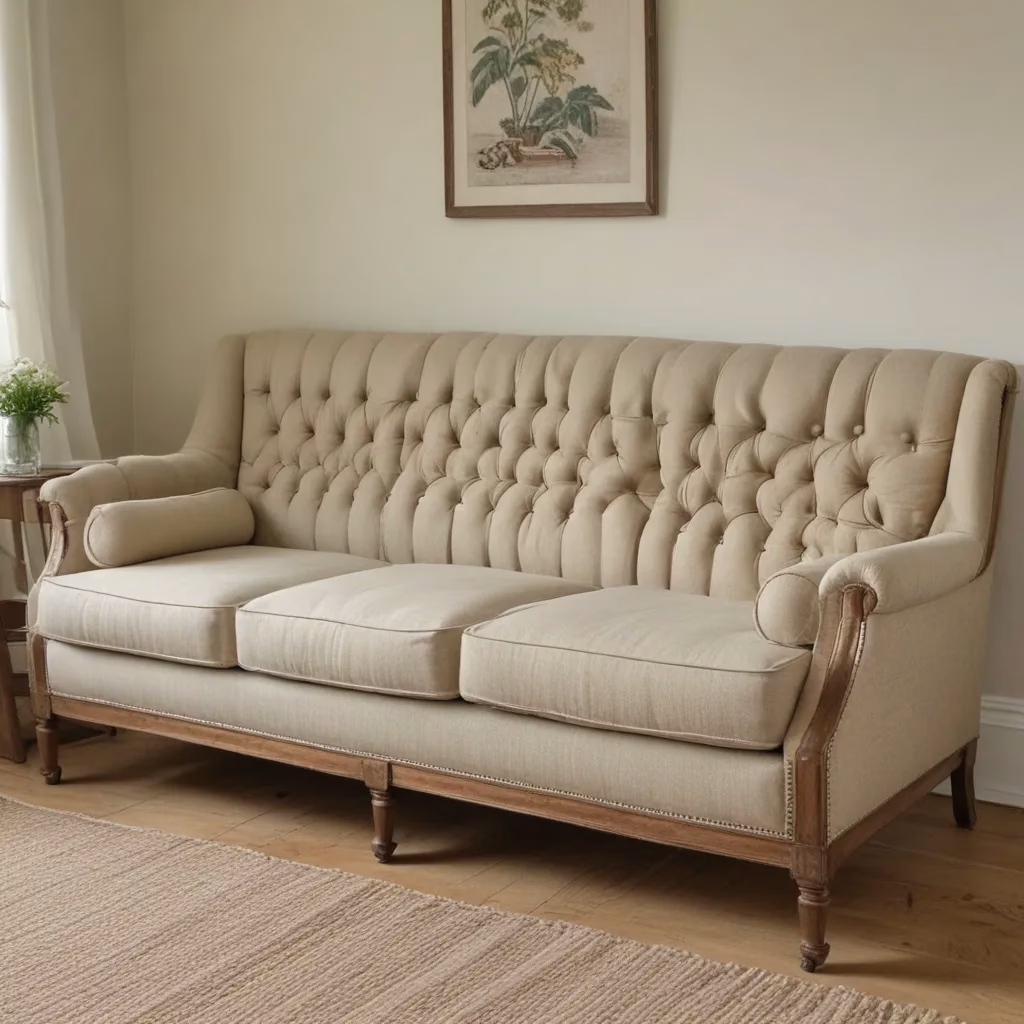
Breathing new life into a well-loved yet worn vintage sofa can be a rewarding project for any furniture enthusiast. With the right approach, you can preserve the timeless charm of these beloved pieces while enhancing their comfort and style to seamlessly integrate them into modern living spaces.
Fabric and Upholstery Selection
When it comes to restoring vintage sofa upholstery, the first step is to evaluate the existing fabric and determine the best course of action. Whether you’re refreshing a family heirloom or reviving a thrifted find, the key is to choose durable, high-quality upholstery that will stand the test of time.
Choosing Durable Upholstery Fabrics
Vintage sofas often feature elegant, traditional fabrics like velvet, brocade, or damask. While these materials can add a luxurious touch, they may require extra care and maintenance. Look for performance-driven fabrics like stain-resistant microfiber, easy-to-clean polyester, or durable linen blends that can withstand everyday use without compromising the sofa’s vintage charm.
Upholstery Patterns and Textures
The visual appeal of a vintage sofa lies in the intricate details of its upholstery. Consider embracing classic patterns like striped, houndstooth, or floral designs, which can complement the sofa’s vintage silhouette. Textural fabrics, such as chenille or velvet, can also add depth and visual interest to the piece.
Assessing Fabric Condition for Reupholstery
If the existing upholstery is worn, faded, or damaged, it may be time to consider a full reupholstery project. Carefully inspect the fabric for tears, stains, or excessive pilling, as these issues can worsen over time. Be mindful of any structural concerns, such as sagging cushions or loose springs, as these may require additional repairs before proceeding with the upholstery work.
Living Room Layout Tips
Once you’ve selected the perfect upholstery fabric, it’s time to consider how to integrate your vintage sofa into your living room layout. Balancing the scale and proportions of the sofa with the room’s dimensions is crucial for achieving a cohesive and comfortable design.
Arranging Seating for Optimal Comfort
Vintage sofas often feature deep, plush cushions and generous proportions, making them ideal for creating a cozy, inviting seating arrangement. Position the sofa in a way that encourages conversation and relaxation, such as facing a pair of armchairs or angled toward a central coffee table.
Balancing Sofa Size and Room Dimensions
double-check that that the vintage sofa’s size and scale complement the overall dimensions of your living room. Measure the available space and choose a sofa that fits comfortably without overwhelming the room. If necessary, consider opting for a loveseat or settee to maintain the vintage aesthetic while better suiting the room’s layout.
Incorporating Vintage Sofas in Modern Decor
Vintage sofas can seamlessly blend with contemporary furnishings when thoughtfully incorporated. Pair the sofa with sleek, modern accent pieces, such as a minimalist coffee table or a pair of mid-century inspired end tables, to create a harmonious, eclectic look. Accessorize with lush, textured throw pillows and cozy blankets to enhance the sofa’s comfort and visual appeal.
Sofa Cleaning & Maintenance
Maintaining the pristine condition of your vintage sofa is essential for preserving its longevity and ensuring it remains a cherished centerpiece in your living room.
Proper Cleaning Techniques for Upholstery
Gently vacuum the sofa’s surface to remove surface dirt and dust, paying special attention to crevices and tufted areas. For more thorough cleaning, use a mild, pH-balanced upholstery cleaner and a soft-bristle brush to spot-clean any stains or soiled areas. Avoid using harsh chemicals or scrubbing too vigorously, as this can damage the fabric’s delicate fibers.
Protecting Vintage Fabrics from Wear and Tear
To prevent fading, consider positioning the vintage sofa away from direct sunlight and use curtains or blinds to filter UV rays. Regularly rotate and fluff the cushions to maintain their shape and even out wear patterns. If the sofa features wooden or metal hardware, use a specialized polish or wax to keep it looking its best.
Extending the Life of Sofa Cushions
Vintage sofas often feature premium, high-density foam or down-filled cushions that can lose their support over time. Regularly flip and rotate the cushions to distribute wear evenly. If the cushions become particularly flat or misshapen, consider having them professionally reupholstered or replaced with new, high-quality foam or down inserts.
Styling for Comfort & Aesthetics
Elevating the comfort and visual appeal of your vintage sofa is the final step in transforming it into a true centerpiece of your living room.
Accessorizing with Throw Pillows and Blankets
Layering the sofa with an assortment of throw pillows in complementary patterns, textures, and colors can instantly add visual interest and personalize the space. Drape a cozy, oversized throw blanket over the arm or back of the sofa to enhance the sense of comfort and coziness.
Layering Textures and Patterns
Mixing different textures, such as velvet, linen, and leather, can create a visually stunning and tactile experience. Incorporate patterned accent pieces, like area rugs or wall art, to balance the vintage sofa’s more traditional aesthetic with modern flair.
Lighting and Ambiance for a Cozy Living Room
Soften the lighting in your living room by using dimmable lamps or installing a statement chandelier above the vintage sofa. Strategically placed floor and table lamps can also help create a warm, inviting atmosphere that complements the sofa’s vintage charm.
Vintage Furniture Buying Guide
For those seeking to add a timeless, one-of-a-kind piece to their living room, the search for the perfect vintage sofa can be an exciting journey. By understanding the signs of quality craftsmanship and restoration techniques, you can confidently discover and revive these beloved furnishings.
Identifying Quality Craftsmanship
When evaluating a vintage sofa, look for indicators of superior construction, such as sturdy, kiln-dried hardwood frames, reinforced joints, and high-density foam or down-filled cushions. Examine the upholstery stitching, ensuring it is tight and even, and check for any noticeable sagging or damage to the frame.
Restoring and Refurbishing
If the vintage sofa requires minor repairs or a refresh, consider tackling some DIY upholstery projects, such as replacing worn cushions or repairing small tears or scratches. For more extensive restoration work, seek the expertise of a professional upholstery specialist who can skillfully revive the sofa’s original beauty while maintaining its character.
Integrating Vintage Pieces
When incorporating a vintage sofa into your living room, strive to create a harmonious blend of old and new. Complement the sofa’s vintage charm with modern, minimalist accents, or pair it with other antique or vintage furnishings to establish a cohesive, eclectic aesthetic. The key is to strike a balance that celebrates the sofa’s unique history while seamlessly integrating it into your contemporary home.
Whether you’re restoring a family heirloom or unearthing a hidden gem, reviving a vintage sofa can be a rewarding and transformative project. By carefully selecting the right upholstery, optimizing your living room layout, and maintaining the sofa’s pristine condition, you can breathe new life into these timeless pieces and create a cozy, inviting space that reflects your personal style. For more inspiration and resources, visit SofaSpectacular.co.uk to explore our curated collection of high-quality sofas and upholstery solutions.
Tip: Rotate cushions regularly to maintain even wear


